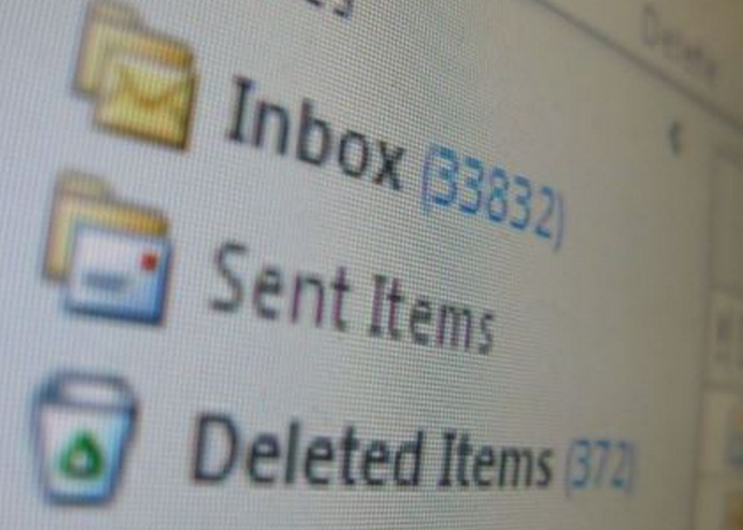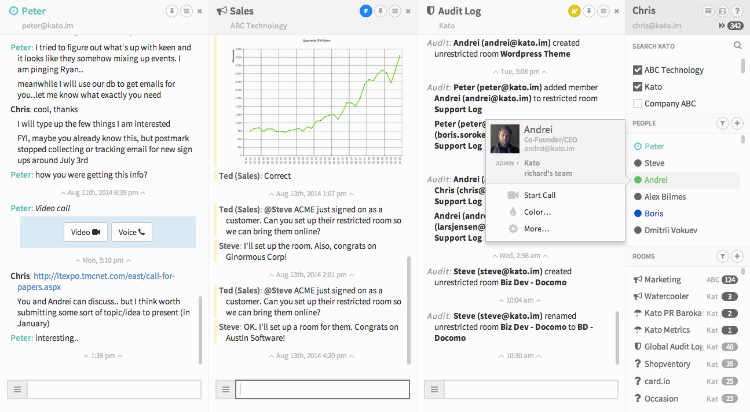What is wrong with Email and how to fix it

E-mail is so firmly embedded in the daily life of a huge number of people and organizations that most of them do not even think about the effectiveness of this means of communication. However, email has one big problem - it has the ability to “suck” a person into correspondence - the more messages sent, the more you need to send. In such conditions, it is rather difficult to return to really priority work.
Problems when working with email
According to various studies , office workers spend up to a third of their time trying to unload the rubble in the mailbox. E-mail takes so much working time that some companies even introduce special regulations for working with this tool (in particular, prohibiting employees from using mail at certain hours or checking it more often several times a day), and some refuse it.
')
But why does email take so much time? There are several reasons for this, most of which are directly related to the so-called “human factor”.
Wrong choice of tool for communication
Very often, people use email in situations that are more suitable for other means of communication. For example, you can arrange a short meeting simply by sending an invitation in the calendar application used by the company — and there is no need for a five letter discussion.

In addition, many users do not consider it necessary to describe the essence of their message in the "Subject" field and do not pay attention to formatting and highlighting the main thoughts. As a result, their interlocutors spend a large amount of time trying to understand the essence of the letter. Marks like “Urgent” or “Quick Question” could save a lot of time and highlight those messages that require more attention.
Irrelevant correspondence
Mailboxes of millions of email users are clogged every day with spam and automatically generated messages from various services (service information such as password changes, newsletters and digests, etc.)
The scatter of message types makes it necessary to filter messages. Some people use shortcuts for this, others create special rules in the mail client. However, developing your own e-mail system takes time and perseverance, which is far from everyone. Making yourself create shortcuts and set up rules for sending spam, alerts, messages from important recipients is not so easy.

Remove unnecessary tasks
There are quite a number of projects that are trying to solve email problems. The developers of these services claim that to some extent e-mail is a must, but there is an opportunity to improve the quality of the mail.
As a rule, fighters for improving email are divided into two categories - some create more sophisticated email clients, while others try to take away the status of “service for everything” from email and stop people from using email for inappropriate tasks like quick discussions or task management.
Projects like Voxer, which is trying to replace some emails with voice messages, or Asana, whose creators are promoting a structured approach to organizing discussions on project tasks.
The Kato.im project team also adheres to the approach that it is possible to oust email from certain areas where its use is unjustified. We have created a tool for corporate communications, which in many cases can replace email.

Click image to open in full size.
In order to communicate with the "outside world" companies will still use email for many years - there are no prerequisites that the number of companies that refuse it will grow rapidly. However, for communication within the company, within the team working on one project, e-mail is not needed and is an inefficient means of communication that can only distract.
E-mail is largely an automatic letter that does not help in the discussion of projects by team members. The Kato platform allows employees to select only the necessary information, getting rid of "noise". With the help of integration with third-party services like Google Docs or Heroku, employees can see all the information about the project in one place.
The free version of the service has extensive functionality (for example, an unlimited number of connected employees, an unlimited archive of history with the search). Thus, as part of the team email can be completely replaced at no extra cost.
Conclusion: Need to save time
E-mail is not going anywhere, but we are able to reduce the time that we spend on it to wade through an endless series of alerts, spam and messages, 90% consisting of "water".
Email is not to blame for the fact that people do not always use it for its intended purpose. It is only necessary to recognize that there are services that are more effective in specific situations. This will solve the main problem of e-mail and start saving resources, the most important of which is time.

Source: https://habr.com/ru/post/243617/
All Articles